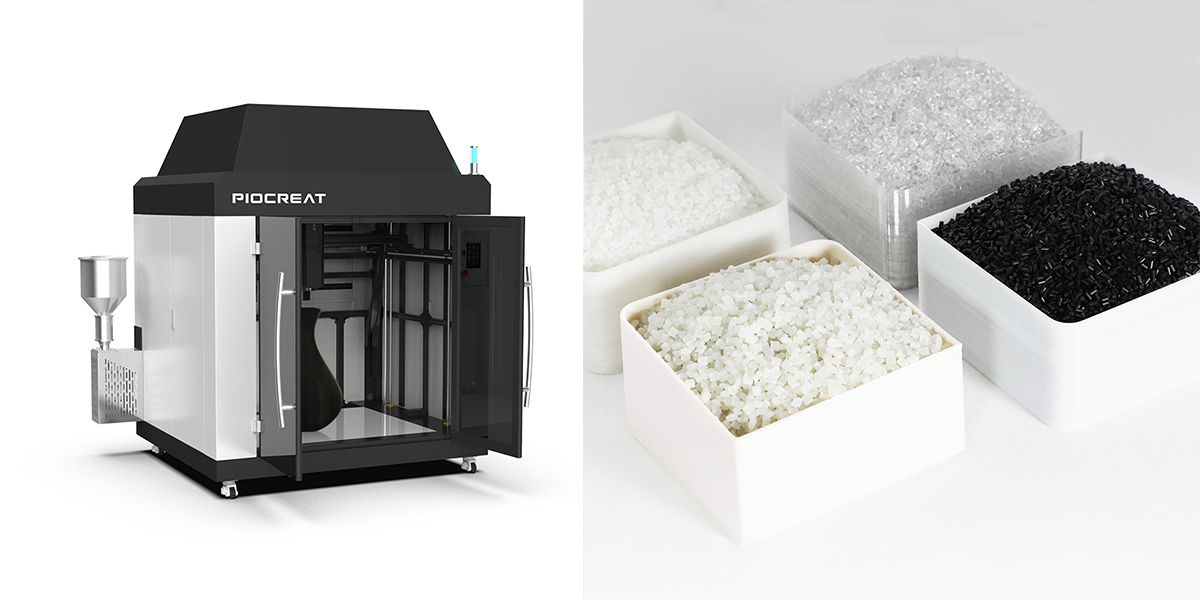What if 3D printers are no longer limited to filament printing? Do you think it will bring any changes to the entire manufacturing industry? In fact, the filaments of the previous FDM3D printing are also formed by pellets, which are finished products completed by other plastic extrusion equipment. Particle 3D printing can directly melt plastic particles and then extrude them, eliminating the need for filaments. So not only can you save money (estimated 65% to 90% reduction in printing cost per kilogram), but you can also print faster. Moreover, in the near future, direct printing of waste materials can also be realized, which is also of far-reaching significance for environmental protection.

The use of
particle 3D printers can achieve economic and environmental protection in both directions. First of all, from an economic point of view, pellet raw materials are much cheaper than wires, and wires are actually processed from pellet materials. Secondly, there are many sources of granular materials. We can crush and reprocess some discarded materials. For example, our printer we show below can not only use economical industrial particles for printing, but also print almost all types of materials. Single-source plastic waste, once you chop it up.
Particle 3D printers can meet most of the thermoplastic materials on the market, and you can even buy plastic waste or recycled plastic particles and fragments. Of course, the available materials for particle 3D printers range from PLA to high-temperature engineering-grade thermoplastics, such as reinforced nylon and PEEK. Particle printing is unlikely to limit your choice of materials. In the case of meeting the performance requirements of the model, there are many options for materials.
Pellets are cheaper than filaments, not only because one processing step is omitted, but also because pellet plastics are used in injection molding and other types of manufacturing, so the pellets have a huge market and keep prices low. Don't underestimate the material changes. This seemingly small material change can bring significant benefits in 3D printing. Of course, there will be some defects, such as low accuracy. Particle printers provide faster printing speed and higher throughput, both of which are significant advantages over traditional FDM when printing very large parts.
3D printing of particles in the form of materials usually does not affect the mechanical properties of the final part. Evaluation tests show that most models are actually similar to FDM. In some cases, it can even improve mechanical properties, such as tensile strength, because the plastic has not been reprocessed into filaments. Not all pellet printers or printing practices are the same, so please be aware that pellets can cause material inconsistencies in the final print and clogging of the extruder. In general, the advantages of particle 3D printers outweigh the disadvantages, and in the future our disadvantages will certainly be effectively resolved.

